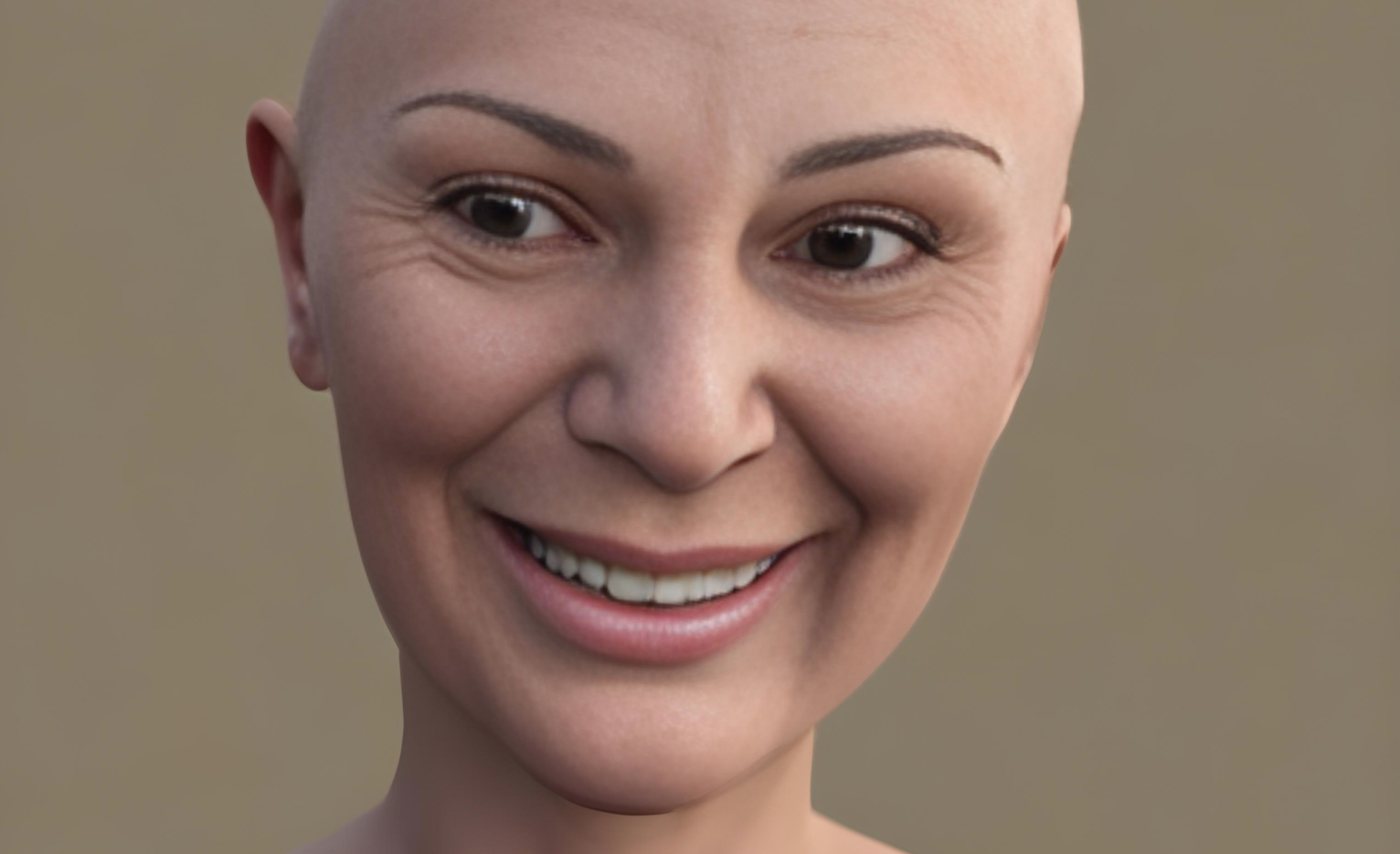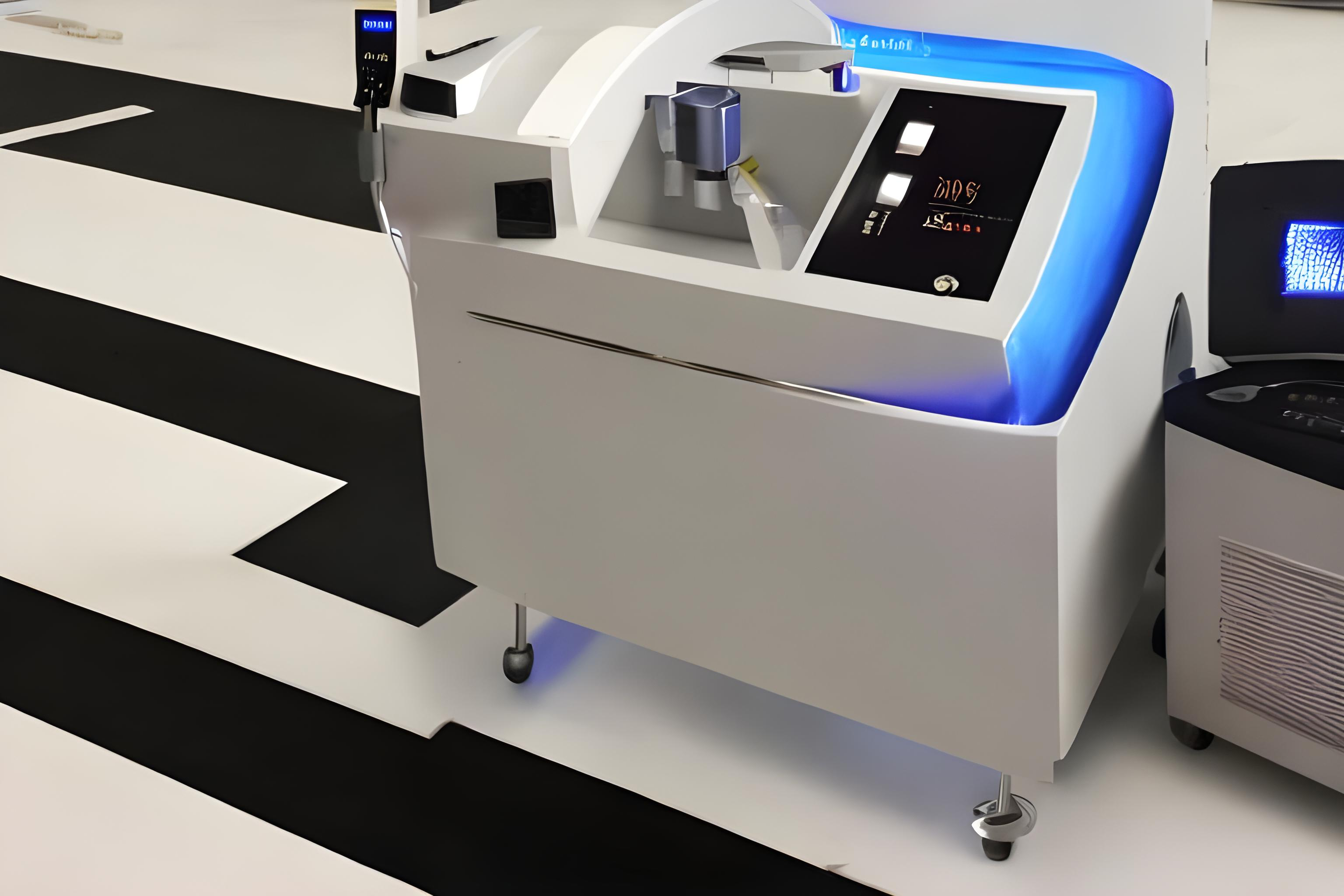
5 things to know about stereotactic radiotherapy treatment
- Radiotherapy is a cancer treatment that uses high-energy radiation that targets the primary tumor, lymph nodes, or metastasis: most often these are used 6 or 18 Megavolt photons.
- Stereotactic radiotherapy is a radiotherapy technique, which allows thanks to its precision increase the dose of radiation per session and reduces the number of sessions in order to destroy tumor cells. To be able to increase the dose of X-rays per session, the targeted target is generally a small volume. For example for some patients with prostate cancer instead of 39 sessions in 8 weeks, 5 sessions are carried out in 2 weeks
- Despite the increase in the dose on the target, this technique makes it possible to maintain the lowest possible X-ray doses at the level of the neighboring organs and to have similar or even lower side effects compared to conventional treatment.
- Sessions are usually every other day and can range from a single session to 8-10 sessions. It is the radiotherapist with the help of the physics team who determines the ideal number of sessions according to French, European, and/or international recommendations.
- The sessions generally have a duration of 20 minutes, the radiotherapy technicians position the patient on the table, and while the patient is lying on the accelerator table they are using the restraint systems to find the precise position of the first location scanner. Systems are used to help with the best repositioning of the patient with the help of the precedence scanner (cbct), techniques using laser beams and cameras (surface radiotherapy), breathing is also taken into account (blocked inspiration technique or monitoring of movements according to the breathing rate)
What you should know about artificial intelligence radiotherapy
AI software used databases of contours made by radiation therapists to target cancers and avoid neighboring organs.
Artificial intelligence is developing all over the world and naturally invests in the world of medicine. Artificial intelligence is a set of machines that imitate human intelligence, with the aim of limiting errors as much as possible. AI learns thanks to the data provided to them by researchers and specialists.
From this learning, in the case of radiotherapy, as soon as a new patient is scanned, the AI works on the images and allows the creation of the structures of the organs necessary to prepare the treatments of the patients.
The radiation therapist doctor saves time by not creating his own structures because these structures are made by AI. He checks them, modifies them if necessary, and only has to work on the tumors targeted for the treatments.
AI allows for greater consistency in the practices of each doctor.
Artificial intelligence is now used by multiple centers in France and helps cancer radiation therapists on a daily basis. AI does not replace clinical common sense and the knowledge that doctors may have about the areas to be treated in their patients. But it will undoubtedly be of great help when this technology will be accessible to all!




